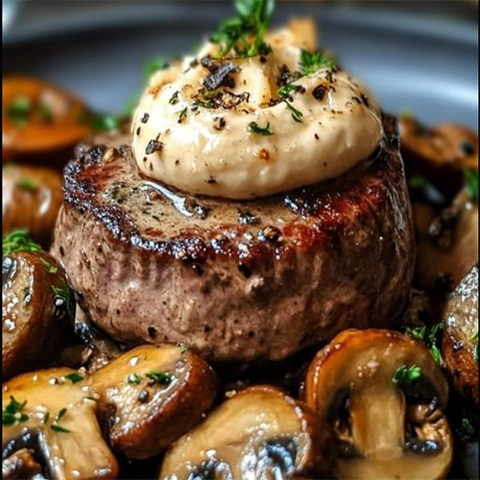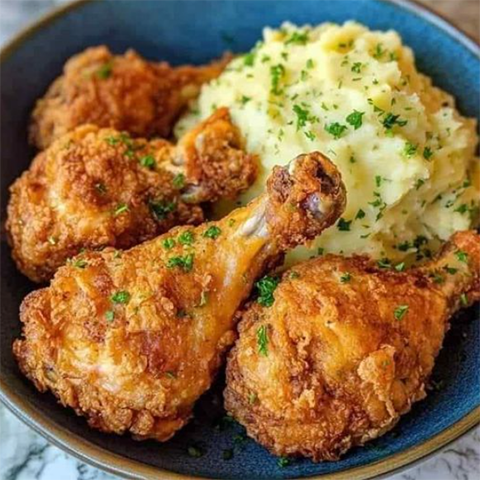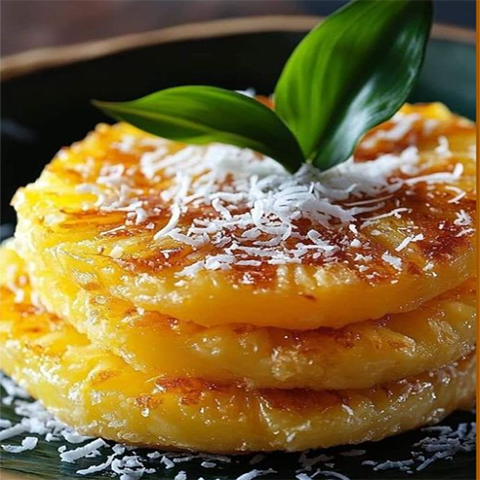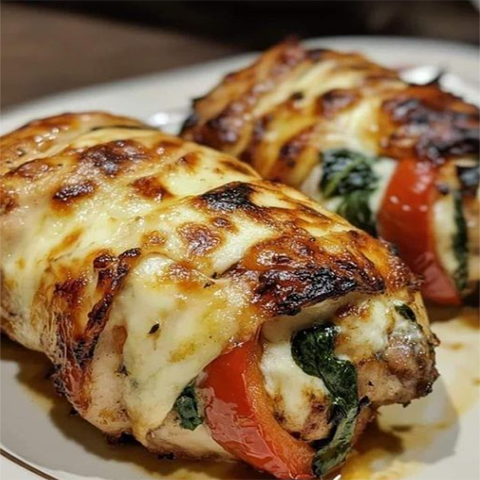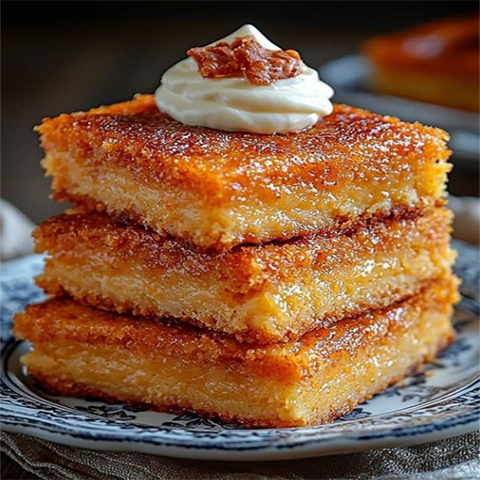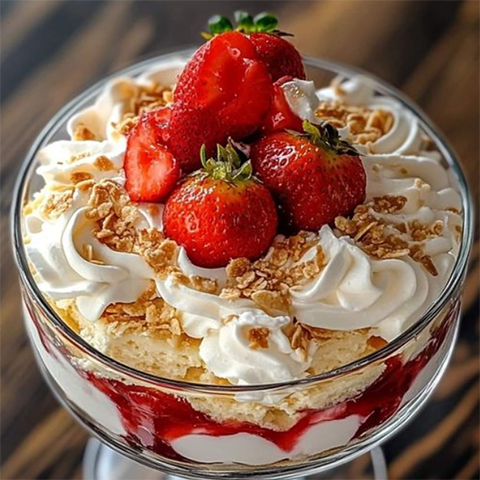Family Recipes and Cooking Tips
The Value of Family Recipes
Family recipes serve as a connection to our history, culture, and individual heritage and are more than just a list of ingredients and cooking directions. These cherished recipes frequently evoke fond memories, bringing generations together through a common love of food. The aroma of a favorite family dish filling the air in a warm kitchen can take us back in time, strengthening our bonds with loved ones and effectively preserving traditions.
Many family recipes are handed down through the generations, sometimes with secret ingredients, minor modifications, or handwritten notes. Every recipe adds to our individual tale, becoming more complex with each generation that goes by. Preparing these meals fosters a sense of continuity, tradition, and identity within the family. We’ll explore how to preserve these recipes, create new ones, and provide helpful cooking advice in this guide to make sure every family meal is a memorable one.
How to Keep Family Recipes Safe
Making an archive of family history is the goal of preserving family recipes, which goes beyond simply writing down ingredients. The following are some practical strategies to preserve these recipes for upcoming generations:
- Make a cookbook for the family.
A family cookbook is a lovely way to gather recipes and anecdotes. Notes, anecdotes, and photographs can be included using a combination of printed and digital media. At family gatherings, some families compile cookbooks in which each member shares a personal story and their favorite recipe. This produces a special memento and adds layers of nostalgia.
- Digital Recipe Archive
A great way to store recipes is with digital tools. You can store recipes with images and videos on platforms like Google Drive, Evernote, or specialized apps so that future generations can easily access them. Recipes are always only a click away when family members share digital copies, and there’s also the added advantage of being able to update or annotate as needed. Video recording combined with oral tradition
- The most important lesson can be learned from watching a family member prepare a favorite meal. When a parent or grandparent is filmed while making a recipe, it captures not only the ingredients but also the love, patience, and technique that go into creating a dish that is truly one-of-a-kind. It may become a family tradition to watch these videos together in the future.
Essential Cooking Tips for Perfect Family Dishes
1. Choosing Fresh Ingredients
The flavor of any dish depends greatly on the freshness of its ingredients. When preparing family recipes, try to select seasonal produce whenever possible. Fresh vegetables, meats, and herbs elevate any dish, bringing out flavors that frozen or canned ingredients simply can’t match. Here are a few pointers for ingredient selection:
- Shop at Farmers’ Markets: Locally grown produce is often fresher and more flavorful.
- Select Herbs Carefully: Opt for fresh herbs over dried for added flavor, and always smell before buying to ensure they’re fragrant.
- Meat Quality Matters: High-quality meat can make a significant difference. Look for cuts that are free of excess fat and have a vibrant color.
2. Mastering Basic Cooking Techniques
Mastering a few core techniques can make a remarkable difference in the outcome of a dish:
- Sautéing and Searing: These techniques add depth and complexity to dishes, especially meats and vegetables. Use high heat, a small amount of oil, and keep ingredients moving in the pan.
- Simmering and Stewing: Many family recipes rely on slow cooking, such as stews and braised dishes. Simmering allows flavors to meld together, creating a richer, fuller taste.
- Baking Precision: Baking often requires precise measurements. For baking family favorites, make sure to measure accurately, as small adjustments can lead to big differences in texture and taste.
Final Thoughts on Family Recipes and Cooking Traditions
Family recipes are a cherished legacy, binding generations through taste, technique, and tradition. By preserving these recipes and passing them along, we ensure that our family’s culinary heritage remains vibrant. With a few thoughtful techniques and practices, each meal can become a celebration of family history and love. So, whether you’re preparing a centuries-old stew or crafting a brand-new recipe, remember that every dish tells a story—a story worth preserving, savoring, and sharing.

